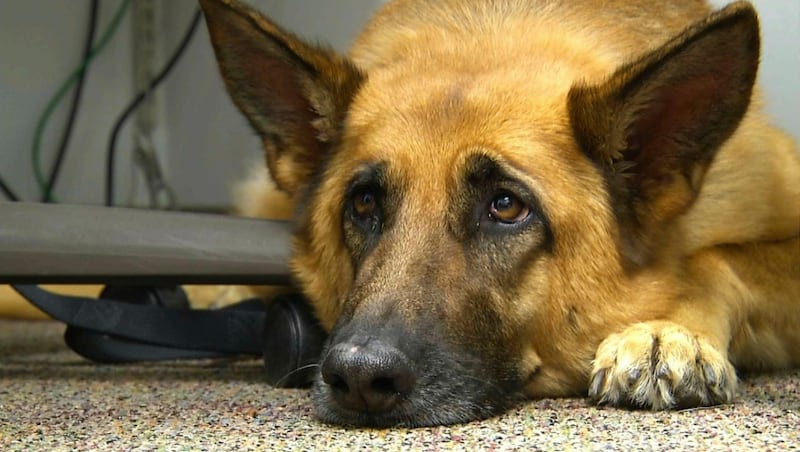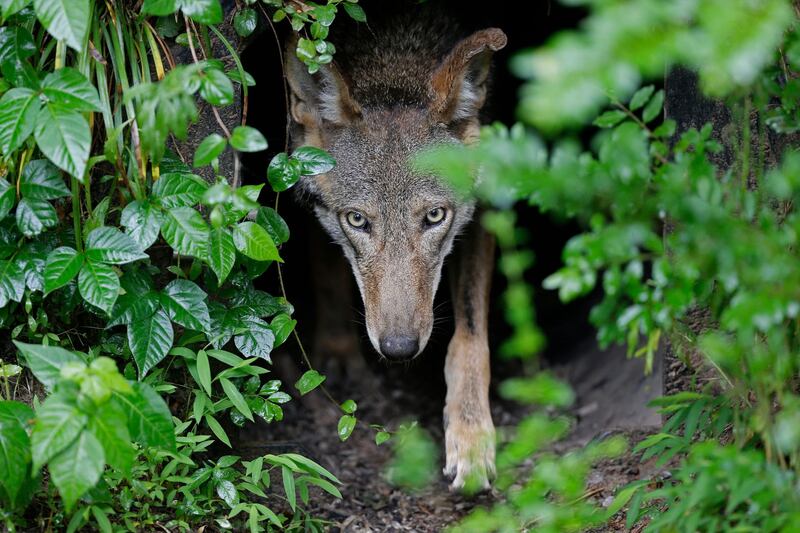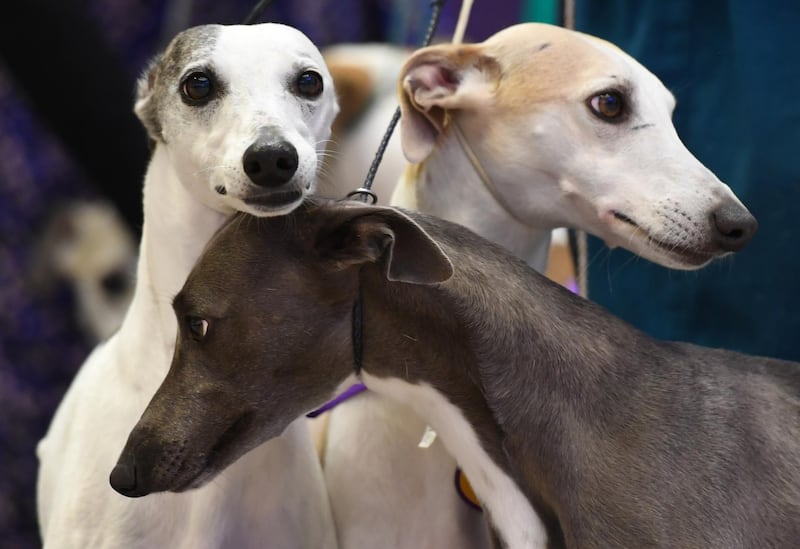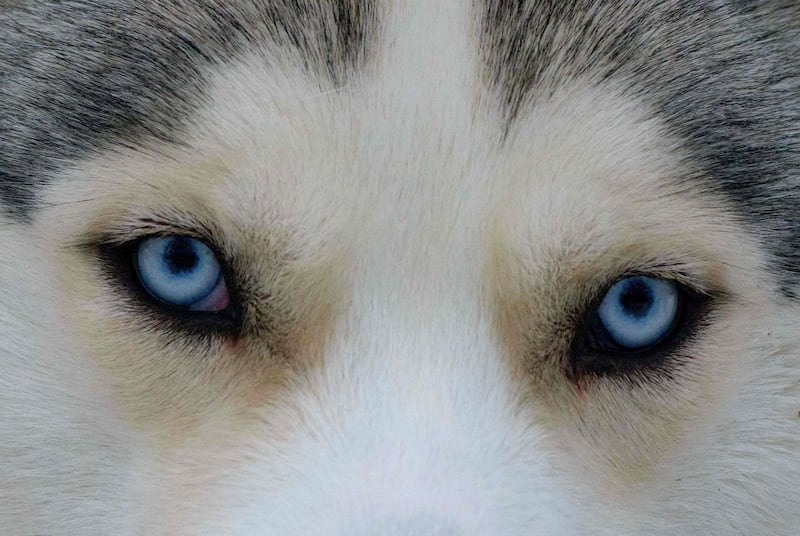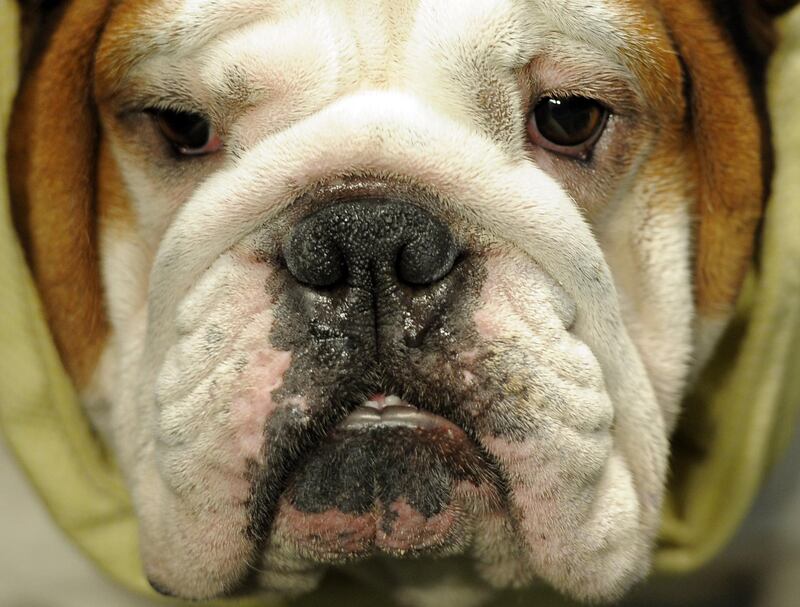As it turns out, puppy dog eyes are a real thing. So the next time you’re around a dog and feel as though they might be trying to tell you something with their gaze, you're probably right.
New research has revealed that the muscles around dogs' eyes have evolved to allow them to make expressions that are particularly appealing to humans.
The study conducted by the University of Portsmouth’s Dog Cognition Centre found that, since being domesticated by humans, dogs have developed a new forehead muscle called levator anguli oculi medialis (or LAOM), as well as another muscle called retractor anguli oculi lateralis (RAOL) near the side of the eye.
These muscles are responsible for allowing dogs to raise their inner eyebrows, which makes their eyes seem larger and their face more babyish or even sad – creating that “puppy dog" eyes look.
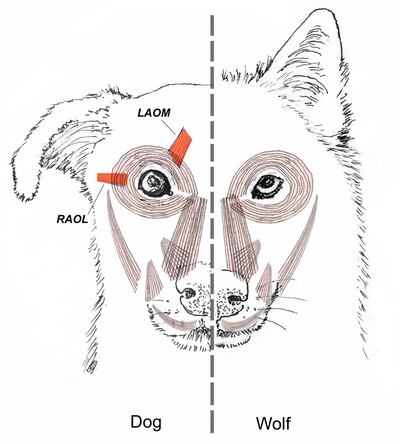
In an interesting twist, dissections of six dogs – a chihuahua, a labrador, a bloodhound, a German shepherd, a Siberian husky and a mongrel – found they all had the LAOM muscle, while dissection of four grey wolves (their closest relatives) found that they did not. And only the Siberian husky was missing the RAOL muscle.
In a previous study, it was also discovered that the more dogs deployed the expression, the faster they were rehomed from shelters. "It makes the eye look larger, which is similar to human infants," professor Anne Burrows of Duquesne University in Pittsburgh, who was one of the co-authors of the story, told AFP. "It triggers a nurturing response in people."
